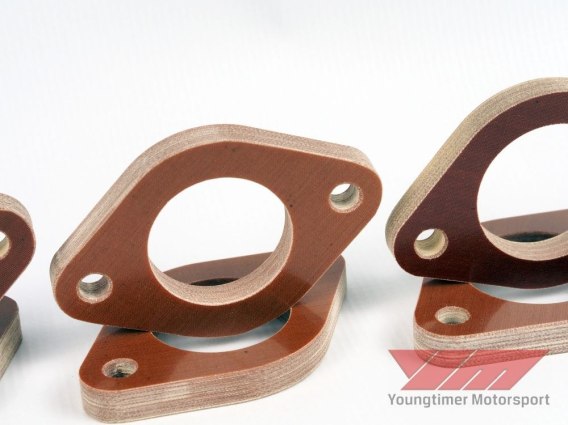I know this had been discussed before in another thread (but that was over 10 years ago), so I would like to know folks' opionions today. I've had 2 sets of rubber carb mounts (Weber DCOE) from Centerline fail on me in less than 500 miles. I do have the carb support bracket on the airbox (I do need to inspect the lower bushing on it, though. I understand a worn bushing on the carb support could accelerate cracking on the rubber mounts).
I know that current rubber is not up to snuff like the originals, but what about going the solid aluminum route (properly fitted with O-ring gaskets and thackeray washers)?
Thoughts?
I know that current rubber is not up to snuff like the originals, but what about going the solid aluminum route (properly fitted with O-ring gaskets and thackeray washers)?
Thoughts?







